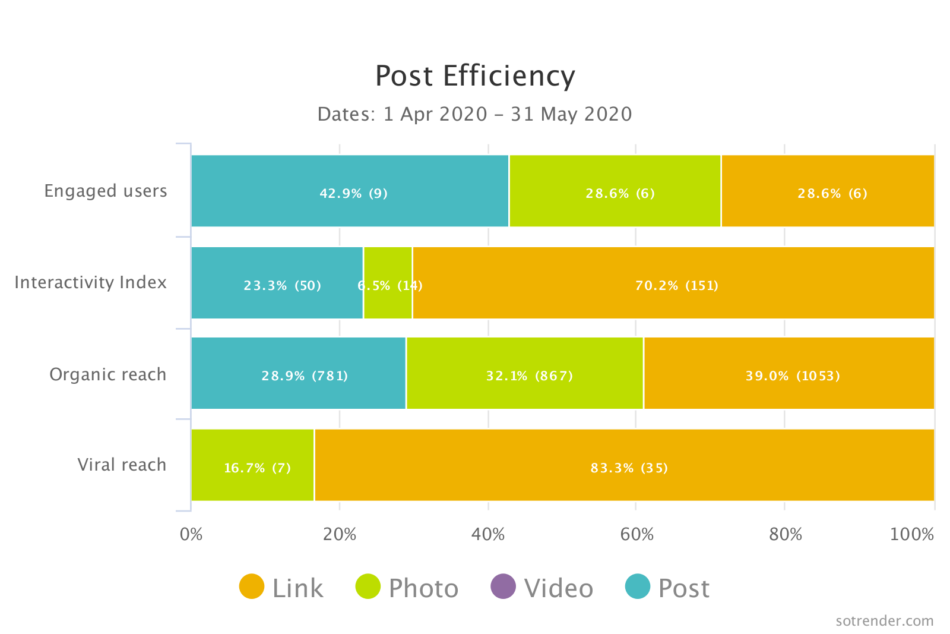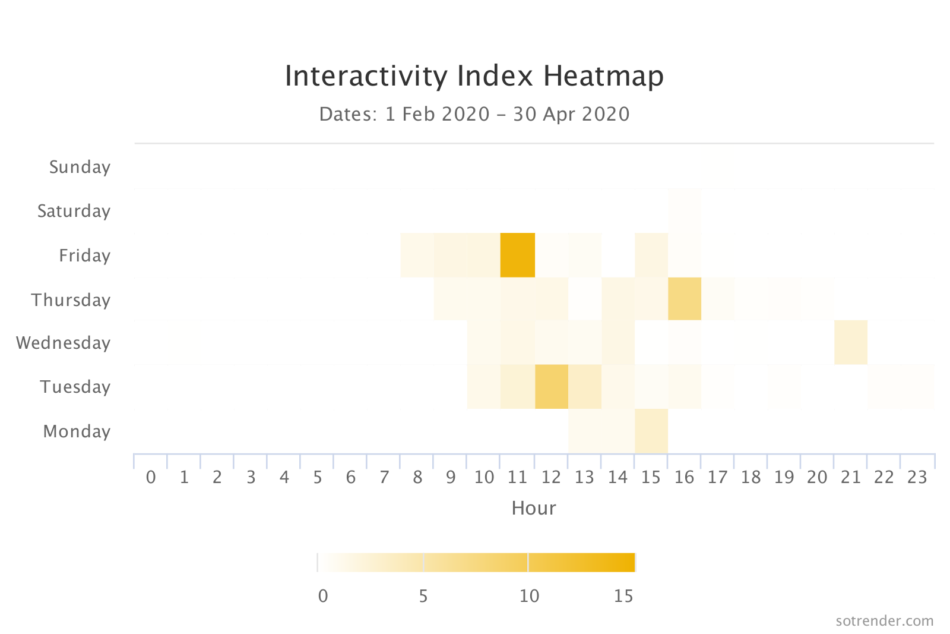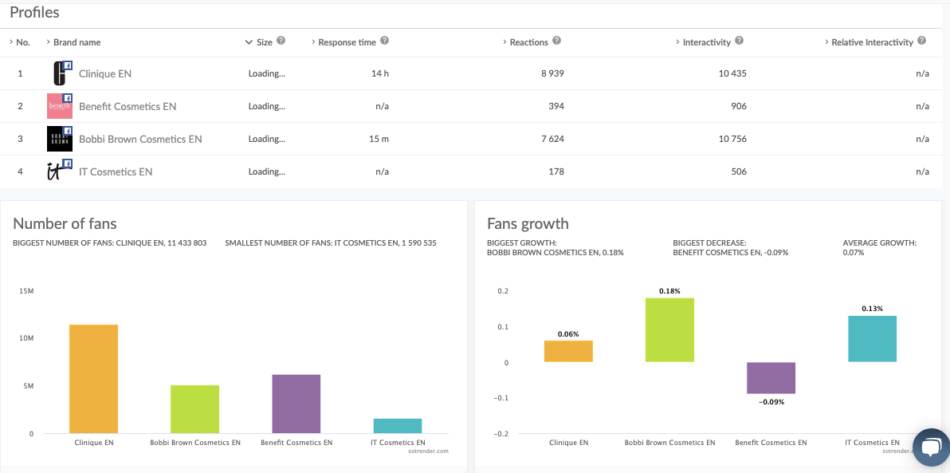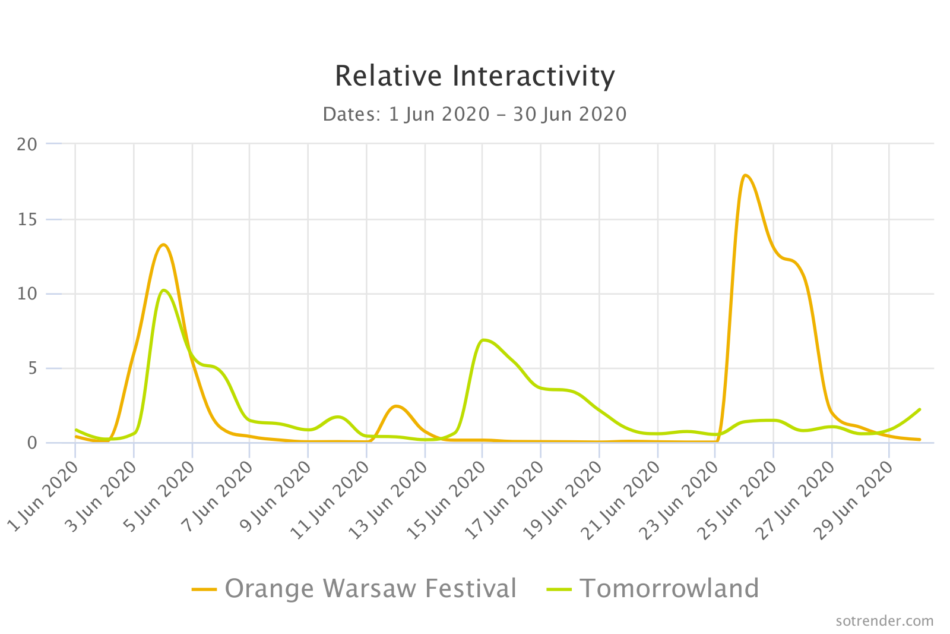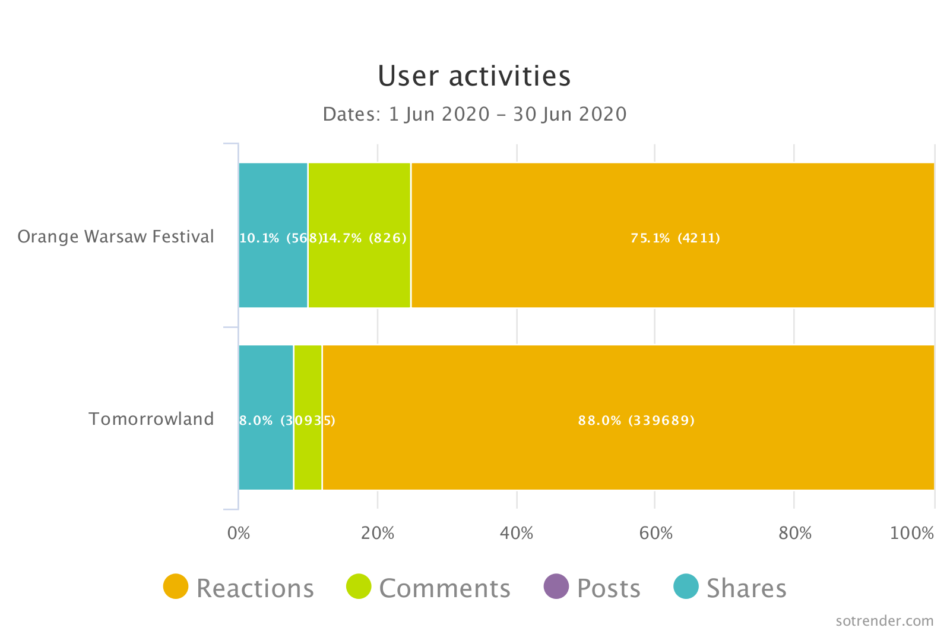You definitely heard multiple Facebook myths over the years as a marketer. Some of them are believable and people tend to fall for them. Unfortunately, falling for these myths can hurt your performance as well as your bottom line. Read our article to learn more about which Facebook myths are debunked to properly boost your performance.
How can some of these Facebook myths hurt my Page?
The success of your Facebook Page relies on how well your strategy fits with your audience. If your content, the time you post, and who you market your ads to don’t suit your audience, then you’ve wasted your time and resources. We’ll give you a quick summary of why it’s important that you don’t fall for these myths.
First of all, some of these myths could result in your reach declining and negatively impact your brand’s presence. That’s because they will mislead you to believe that there is a simple answer that works for every brand. Others can confuse you and make you think managing a Facebook Page is easier than it actually is.
Second, others on the list could cost you money down the line. Some people believe that you will have to spend a ridiculous amount to get your target audience’s attention via ads or boosted posts. It’s not about spending more, it’s about spending wisely!
Finally, you could risk missing out on crucial insights that could help your business grow at a faster rate and surpass your competition. Knowing how to properly analyze your Page gives you the opportunity to find your competition’s weak spots, understand what your audience cares about, and how to deliver it to them.
Now that we’ve cleared up how falling for this misinformation can hurt your brand, let’s go through this list one by one.
Myth #1: You can follow the same strategy as another company and get the same results
Unfortunately, there really isn’t a perfect strategy that will get you the same results. How well your company does on Facebook will depend on several factors (and don’t let someone online tell you otherwise!) What you have to offer your audience is unique and specific to your brand, so why would you try to copy another brand with a different mission and product? Instead, you should focus on your own brand to get specific answers.
You can develop a decent Facebook strategy by analyzing:
- your audience’s demographics and interests,
- the social sentiment of user comments on your Facebook Page,
- what topics do they want to talk to you about,
- and time of day when they’re active (the best posting times for your industry might be completely different).
You can get answers to some of your questions by analyzing your profile on your own. Although you can use Facebook Insights, you can benefit from using an external tool. For example, Sotrender can help you analyze your performance and generate reports within a few minutes.
So once again, don’t worry too much about whether or not you’re following someone’s strategy to a T. What works for one company might not work for another. Analyze your own data to better understand your own business strategy and your followers. You’ll start to see a change in your results when you’ve gotten some answers!
Myth #2: You shouldn’t repost your content
Let’s clear this up. Evergreen content will never go out of style! It’s in your best interest to make sure that your new and old followers can benefit from your content. Original content that is still valid at this current point in time will definitely get attention. This type of content can include blog posts, infographics, and tutorials, to name a few. If you see that the content is still valuable to your audience, share the content again but with a new caption.
That doesn’t mean that you should share the same thing every week. It depends on what the post is about, how well your audience responds to it, and how frequently you post in general. How do you know what evergreen content you should be posting on social media? In our opinion, the best approach is the data-driven approach. If you’re using Google Analytics to track your web analytics, find which pages and keywords have the most impressions, clicks, and best conversion rate. Write the list down, then compare your Facebook analytics data and see if your followers react just as well to the same content (higher number of shares, positive reactions, and so on).
Did we convince you to start sharing your evergreen content? In that case, we recommend creating a content calendar to make sure you don’t repeat the same posts too many times. Test it out and see what happens!
Myth #3: There’s no way to benchmark your competitors
This is one of those Facebook myths that is only partially true. It’s true that you won’t have access to any competitor’s Insights data. However, you can still access all of their public data. ?
You won’t be able to open up Facebook and analyze your competition from there, you’ll have to use a tool with Facebook API data. Since Sotrender has access to Facebook’s API, we’ll show you how it works here.
To track your competition, you can add their profiles and organize them into groups.
- Create an account
- Save your competition’s profiles to your account
- Open the comparison tab and create a new comparison
- Select the profiles that interest you and create the group!
It’s actually pretty straightforward. When you’re done creating your comparison group, you’ll be able to see the results of their Facebook performance like this.
Now you know what they were up to and can brainstorm some better content ideas!
Myth #4: More followers = more engagement
It might seem intuitive to you that with more Facebook followers comes more engagement. People who fall for this myth sometimes forget that the Facebook algorithm determines what comes up on our News Feed. The algorithm decides which posts users will want to see the most and organize what comes first. Contrary to popular belief, buying fake likes and followers won’t get you very far. In fact, it could alert the algorithm that something shady is going on.
The truth is – there is no confirmation that your engagement rate will improve along with your number of followers. In fact, due to Facebook’s algorithm, it might even decrease – bearing in mind how “big” organic reach is, the scale may look different – and worse than you think it would. More followers may mean more engagement, but you need to work on it constantly by analyzing and optimizing your performance.
Here’s an example of two music festivals. Tomorrowland had over 14 million fans on Facebook in June of 2020, but Orange Warsaw Festival had 200k. Of course, Tomorrowland will have a higher number of reactions than Orange, but proportionately, Orange has better engagement.
The takeaway here is that having a lot of followers doesn’t guarantee that they are invested enough to interact with your Page.
Myth #5: Boosting posts is the best way to increase reach and your follower count
Although boosting posts can really help increase your reach and bring in new followers, this doesn’t mean you can rely on it. Actually, the best thing you can do is make sure that the content you post fits your audience and might even be share-worthy!
Regularly boosting posts isn’t cost-effective. Just like in the first myth we mentioned, the best thing you can do is analyze your own profile and test out a few different actions like posting at different times or posting different content. If you really want to deep dive into what your audience wants to talk about, you could use artificial intelligence to analyze their discussions. For example, you can find out what topics your audience is interested in and how their interests changed over time. That way, you have a definitive answer about what keeps your audience interested and what could draw in more people.

If you want to see topic modeling in action, we recommend checking out this article about using topic modeling on social media data!
So to summarize, you don’t need to spend money promoting every post that you think might be interesting to many people. Use data to make your decisions and increase your reach!
Myth #6: You can and should ignore negative comments
Getting negative feedback online as a business is normal. There will always be dissatisfied customers who want to complain about a bad experience. When that happens, it’s vital that you take the opportunity to help them out!
Ignoring negative feedback puts you in a bad position. If you ignore those comments, you risk looking like you don’t care about their experience and won’t take the time to improve what’s wrong with your product or service. Getting leads and the attention of your target audience is easy, but keeping them takes effort. If you’re not willing to put in the effort to keep them happy, why should they be your customer when there are so many other companies out there?
The worst-case scenario for ignoring negative comments is a PR crisis. Undoing the damage will take more time and resources than just regularly making sure that there aren’t any problems on your Page.
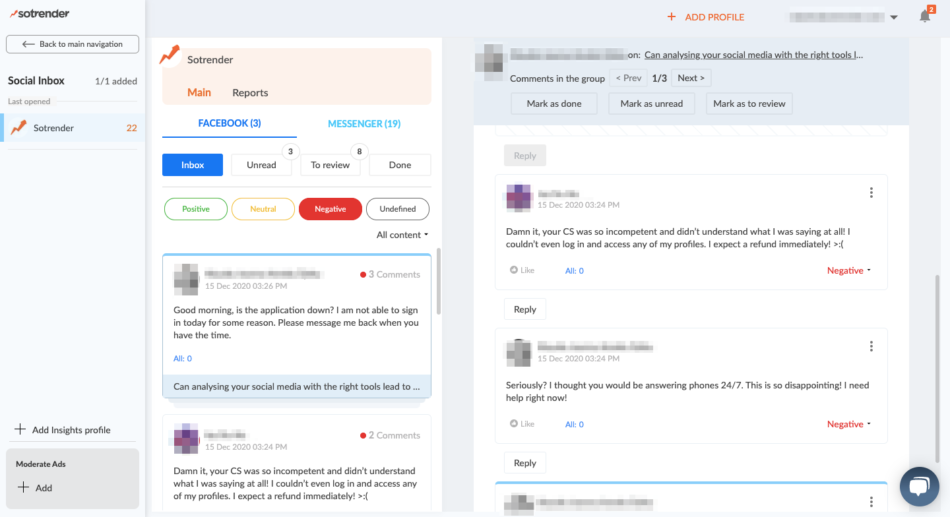
Social inbox and community management tool in Sotrender
You can avoid crises by providing good customer service on social media and having a good community manager. If you haven’t done it before, consider investing in community management or social inbox tools to help you stay organized. For example, connecting your Facebook Page to Sotrender allows you to filter comments by social sentiment and status. It’s significantly easier to find these comments when AI analyzes all of them for you and you just have to click a few buttons. ?
Myth #7: Facebook Ads have to target an extremely specific audience
As marketers, we have to be careful with our ad budgets, so it’s essential that we get the targeting right. If you’re new to Facebook Ads, we suggest reading up on research on broad vs. lookalike audience targeting, things to think about when creating Facebook Audiences, and different ways to improve your targeting. Once you do that, you’ll have a decent idea of some of the best practices!
Based on those readings, you should have seen that your target audience isn’t the only factor that determines whether or not your Facebook ad campaign was a success. You also need to consider your budget, your goals, and how long you want the ad to run for. What’s more, narrowing your audience down to a large extent is really tedious, and you’ll see why in a second. Here’s a list of characteristics you can select when targeting your audience.
- Demographics (location, language, gender, relationship status, education, work, income, homeownership, ethnicity, political affiliation),
- Interests (including industries, entertainment, fitness and wellness, and more)
- Behaviors (purchase behavior, digital activities, and more).
So as you can tell, creating a hyper-specific target audience for your Facebook Ads is overkill.
If you have the time and the resources, you can experiment with your campaigns. Check the relevant metrics such as CPC, number of conversions, or CTR. However, if you have limited resources, it’s better to be safe than sorry! You might want to look into custom-made Facebook Ad budgeting reports. These types of reports can help you plan your ad strategy in a financially efficient way and save you time in the future. ?
Do you know of any ridiculous Facebook myths?
That was all we had for you today. We hope you won’t be falling for any of these myths in the future and that you’ll start to see positive changes in your Facebook analytics!
Do you know any ridiculous myths that are still going around the net? Share them in the comments!

